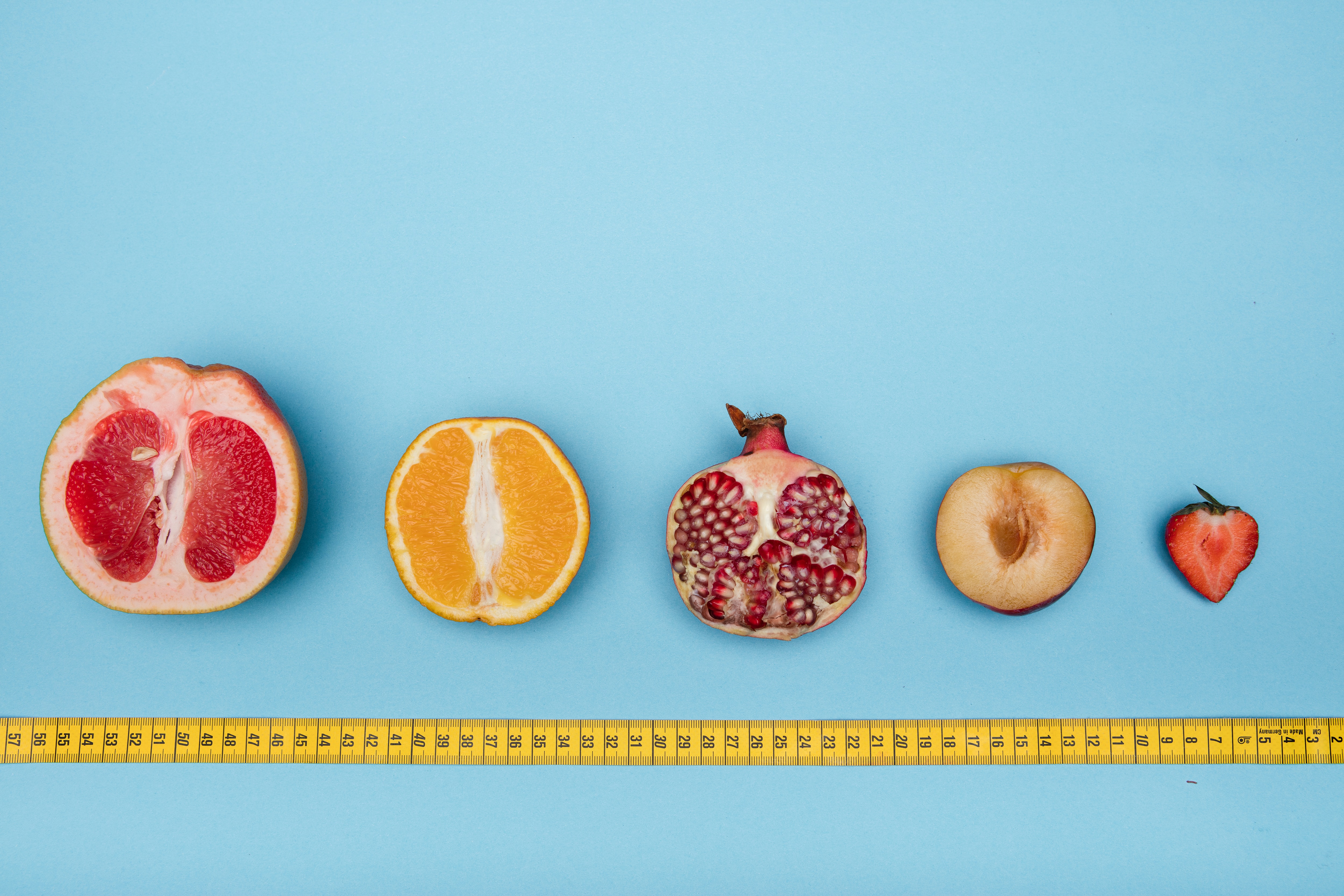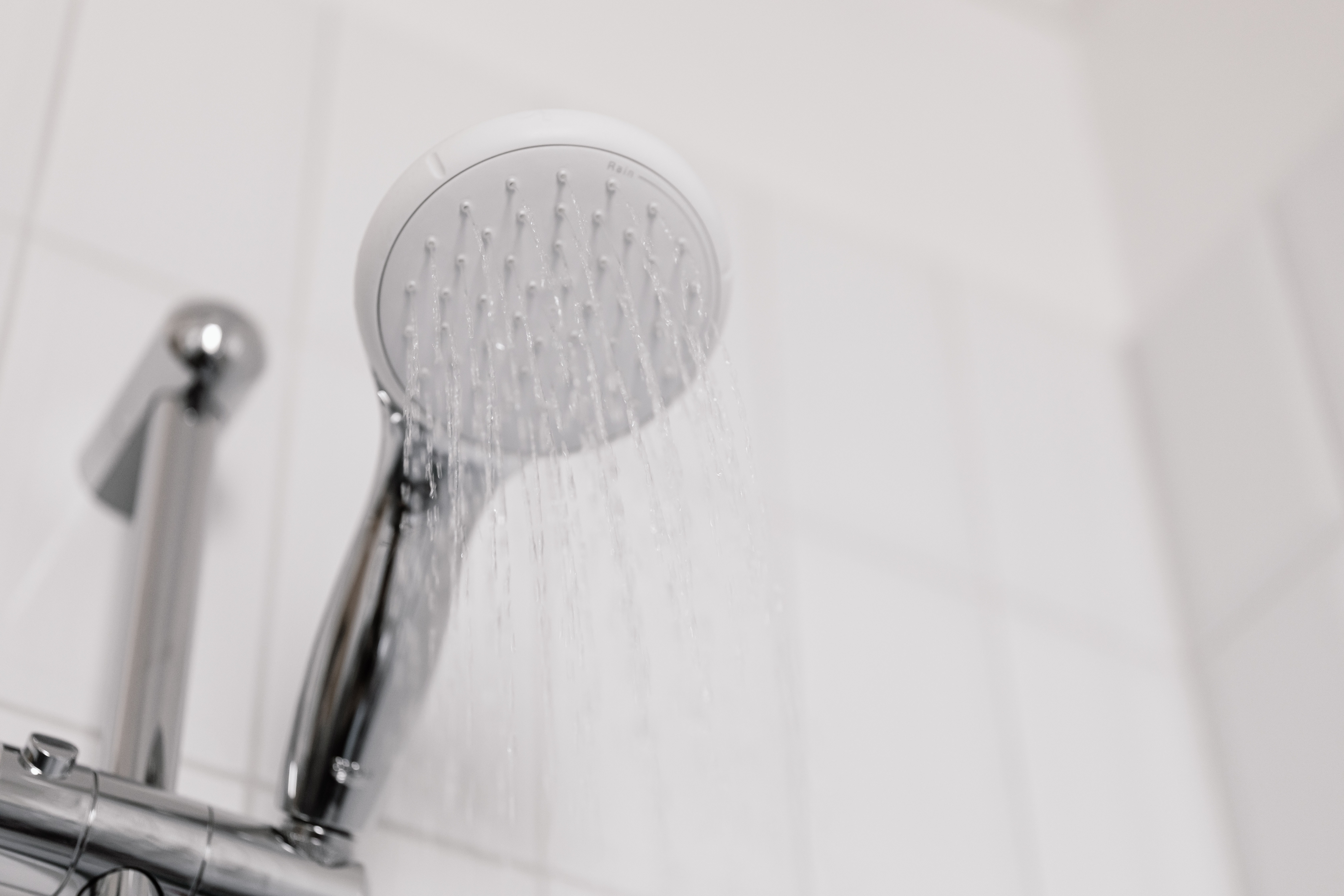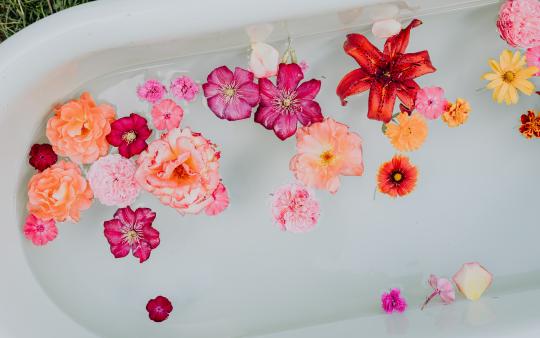The vagina and vulva are often confused for one another, but they are different parts of the female anatomy that play important roles in reproduction, immune defence, and sexual pleasure. The easiest way to distinguish them is to remember that the vagina is on the inside, and the vulva is on the outside. Understanding the vagina and vulva is key for feeling comfortable in your own skin and practicing intimate self-care.
A Little Female Anatomy 101
As noted, the vulva and vagina impact many facets of our health and well-being. In fact, the clitoris’ only job is to be involved in pleasure! This is why the language we use matters—using euphemisms like "down there" not only furthers the taboo and stigma around vulvas and vaginas, but also can prevent adequate healthcare for issues pertaining to those areas. With that in mind, let's talk some facts.
The vagina
The vagina (i.e., the vaginal tract or vaginal canal) is a fibromuscular tube that runs from the bottom of the uterus—the cervix—to the external genitalia; it ends at the vaginal opening. This opening may or may not be covered in a thin membrane called the hymen. The hymen’s history is a bit of a turbulent one because having it intact was long a sign of virginity (and not having one was seen as problematic). However, the hymen can naturally take on a variety of different configurations and is even absent in some people. It serves no known biological purpose, and you cannot tell someone’s virginity by looking at the vulva and vagina.
The vagina has an acidic pH that falls somewhere between 3.8 and 4.5. It has tons of blood vessels, stored sugars called glycogen, and a top skin layer that turns over fairly quickly. It also houses a variety of bacteria that are crucial for vaginal health; the bacteria that are most prevalent in the vaginal tract are strains of Lactobacilli. Similar to how different people have different gut bacteria populations, there are differences in vaginal bacteria as well.
The vulva
A transition area called the vestibule is between the inside and outside of the body. The external parts of your anatomy are referred to as the vulva—these are the parts that touch your underwear or clothing. The vulva includes:
- Mons pubis: fatty cushioning over the pubic bones that has hair on it
- Labia minora: the smaller, inner lips
- Labia majora: the bigger, outer lips that tend to have hair on them
- Urethral opening: the exit point for urine that is also part of the urinary system
- Clitoral glans and hood: parts of the clitoris that are visible (most of the clitoris is not)
- Glands around the area including Bartholin’s, Skene’s, and sweat glands
Other parts that are not technically the vulva, but are important to mention, include the perineum (the tissue between the vulva and anus) and the anus, which is technically part of the digestive system.
"Using euphemisms like 'down there' not only furthers the taboo and stigma around vulvas and vaginas, but also can prevent adequate healthcare."
There is no singular ideal for how the vulva should look. Differences in colouration, folds, hair, length, and width are normal—similar to how you can expect differences in colour, hair, eye colour, nose shape, and lip size on someone’s face.

The tissue of the vulva is a bit different than the vagina since (a) it’s on the outside, and (b) there are a few different structures. The vulva has a layer of fatty substances that include some cellular and bacterial secretions, as well as dead skin cells. This layer is called the acid mantle and has a slightly acidic pH of 5.0–5.6.
UNDERSTANDING VAGINAL & VULVAR CARE
The vagina and vulva don’t really need a whole lot of care, to be honest. They don’t need fancy washes and they do not need to smell like roses. They need to smell like—well—vaginas and vulvas. As discussed earlier, these areas have bacteria and bacterial compounds, dead skin cells, sweat glands, and other fluid secretions, so moisture and a mild odour are both completely natural. If you have a menstrual cycle, you may notice more moisture and discharge in the middle of your cycle, close to ovulation, thanks to mucus produced by the cervix upstream of the vagina.
"They don’t need fancy washes and they do not need to smell like roses. They need to smell like—well—vaginas and vulvas."
The vagina and vulva are designed to expand, constrict, swell, and return to normal. They allow passage to sperm, endure mechanical trauma, and repair from the delivery of a baby. The vulva can deal with blood and urine and—with proximity to the anus—it’s also designed to handle microscopic levels of feces. So, there’s no need for excessive cleaning with soaps or “feminine hygiene washes,” especially ones that have fragrance in them.
What to know about soaps & cleansers
In the vagina and inside of the labia minora, where the tissue is mucosal (i.e., like the inside of your mouth), there is no need for cleansers—although plain water is totally fine. A gentle cleanser can be used on the more external areas that have tissue similar to the skin on your legs (i.e., your mons pubis and labia majora), as well as on the area around your anus.

The frequency of washing is mostly about your personal preferences, which depend on where and how you were raised, what you learn through friends or online, how much you sweat, skin conditions, incontinence, and what you’re exposed to throughout the day (e.g., dirt, semen, creams, ointments prescribed to you, etc.). In the case of fecal incontinence, it’s prudent to cleanse with more than water to keep the acid mantle and skin microbiome healthy.
Soaps are a bit harsh for the skin around the vulva since they strip away the fatty substances that keep the vulvar skin healthy; they can also increase the pH of the area when mixed with water. A cleanser is a better option to clean the vulva as it’s not as harsh as soap. If you want, you can use a pH-optimized cleanser that is slightly acidic in the 5.0–5.6 range, which is close to the vulva’s pH. It’s best to avoid ones with fragrances, even when they are labelled “natural,” since (a) there’s no need for them, and (b) they can be irritating to the skin. Truth is, we don’t have a lot of research on vulvar care, so if you’ve been doing something and it’s working for you, carry on (just don’t use cleanser on your mucosa).
In instances where there’s a loss of estrogen—whether that be in the menopause transition or after menopause—due to a medication or a medical condition, there can be a change in vaginal and vulvar health. This is because we lose moisture as we age, and a loss of estrogen contributes to these changes. This is a great time to switch to a gentle cleanser for the vulva instead of soap, which can be extremely helpful after a checkup with your doctor.
Remember that it's normal for the external genitalia to have a bit of an odour. Marketing, porn, patriarchy, and even the health care system have left us unprepared and disconnected from our vaginas and vulvas. We end up feeling shy, uncomfortable, and even ashamed discussing these parts of our bodies—thinking that there’s something wrong with us. Seeking care for these parts should be normalized, and hopefully, you can now use some of the terminology here to be more specific when discussing your health “down there.”
You May Also Like: Why Tracking Ovulation is Important for Monitoring Women’s Health, How to Treat a Candidiasis Infection Naturally, How to Talk About Sexuality with Your Kids.






